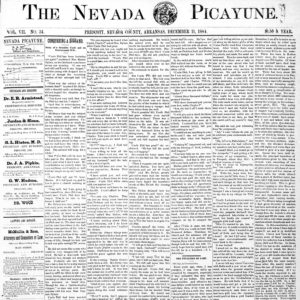 Nevada County Picayune-Times
Nevada County Picayune-Times
Time Period: Post-Reconstruction through the Gilded Age (1875 - 1900)
 Nevada County Picayune-Times
Nevada County Picayune-Times
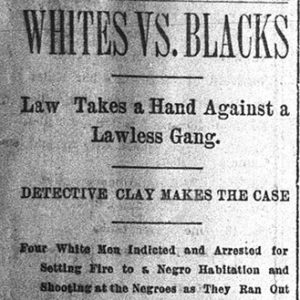 Nevada County Race War Article
Nevada County Race War Article
Nevada County Race War of 1897
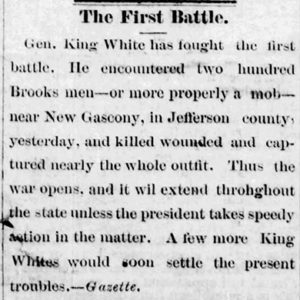 New Gascony Article
New Gascony Article
New Home Church and School
Newman, William (Execution of)
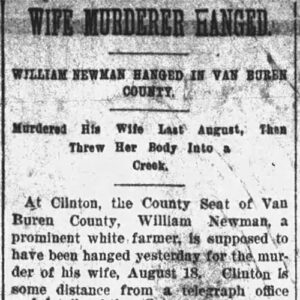 William Newman Execution Article
William Newman Execution Article
 Newton House
Newton House
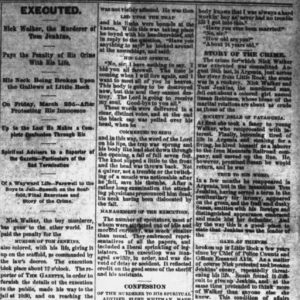 Nick Walker Execution Story
Nick Walker Execution Story
 Nick Walker Execution Story
Nick Walker Execution Story
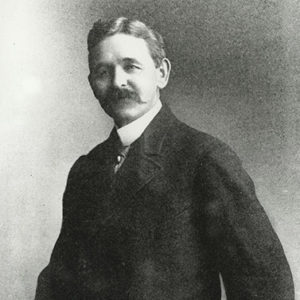 Evett Dumas Nix
Evett Dumas Nix
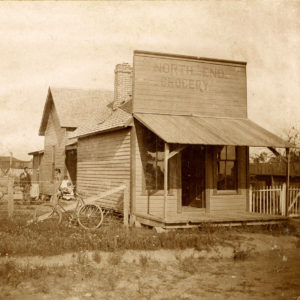 North End Grocery
North End Grocery
 Charles Norwood Article
Charles Norwood Article
Norwood, Charles M.
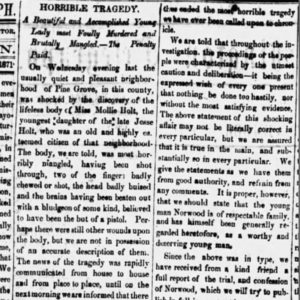 Robert Norwood Lynching Article
Robert Norwood Lynching Article
Oats, Presley (Lynching of)
 Oats Lynching Article
Oats Lynching Article
 C. F. Obermeyer
C. F. Obermeyer
Old Folks’ Singing
Old Randolph County Courthouse
Old River Bridge
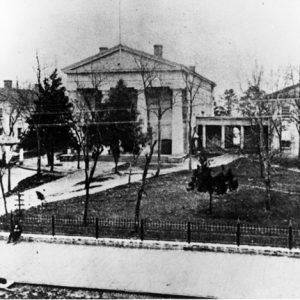 Old State House
Old State House
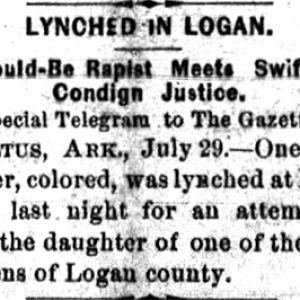 Dan Oliver Lynching Article
Dan Oliver Lynching Article
Oliver, Dan (Lynching of)
 Olyphant Train Robbers
Olyphant Train Robbers
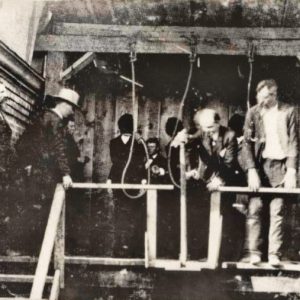 Olyphant Train Robbers Execution
Olyphant Train Robbers Execution
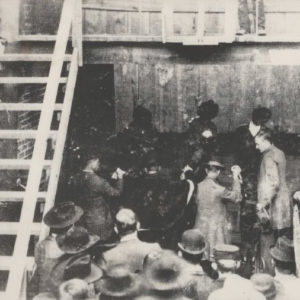 Olyphant Train Robbers Execution
Olyphant Train Robbers Execution
Olyphant Train Robbery
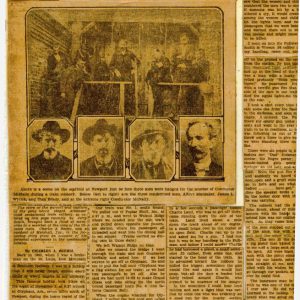 Olyphant Train Robbery Account
Olyphant Train Robbery Account
 Opening Preparations
Opening Preparations
Orphan Train Heritage Society of America, Inc. (OTHSA)
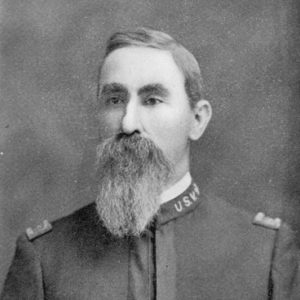 Zaphney Orto
Zaphney Orto
Orton, Mat (Lynching of)
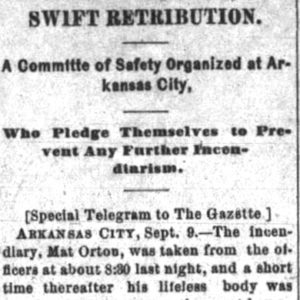 Mat Orton Lynching Article
Mat Orton Lynching Article
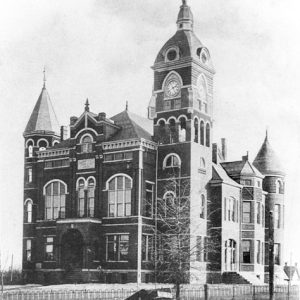 Ouachita County Courthouse
Ouachita County Courthouse
Ouachita Preparatory Academy
Owens, Henry (Reported Lynching of)
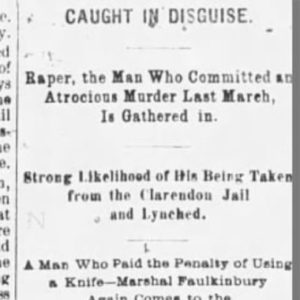 Henry Owens Lynching Article
Henry Owens Lynching Article
Owens, William (Execution of)
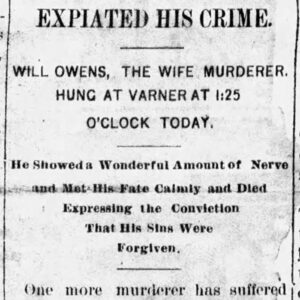 William Owens Execution Article
William Owens Execution Article
Ozark Institute [School]
Pace, William Fletcher
Palmer, Edward
Panic of 1893
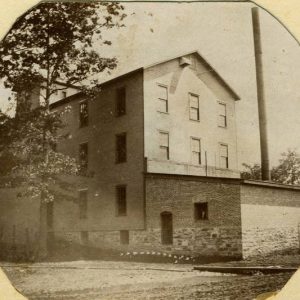 Paragon Milling Company
Paragon Milling Company
 Paragould Building Construction
Paragould Building Construction
Paragould Race Riots
Parchmeal, William (Execution of)
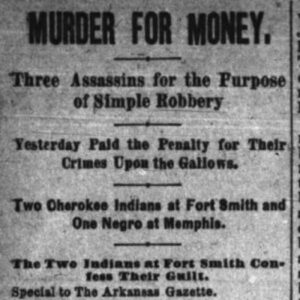 William Parchmeal Execution Article
William Parchmeal Execution Article
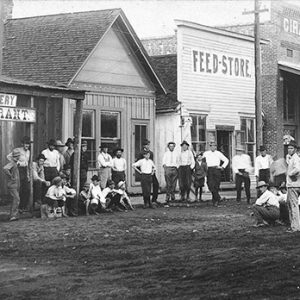 Paris Street Scene
Paris Street Scene




